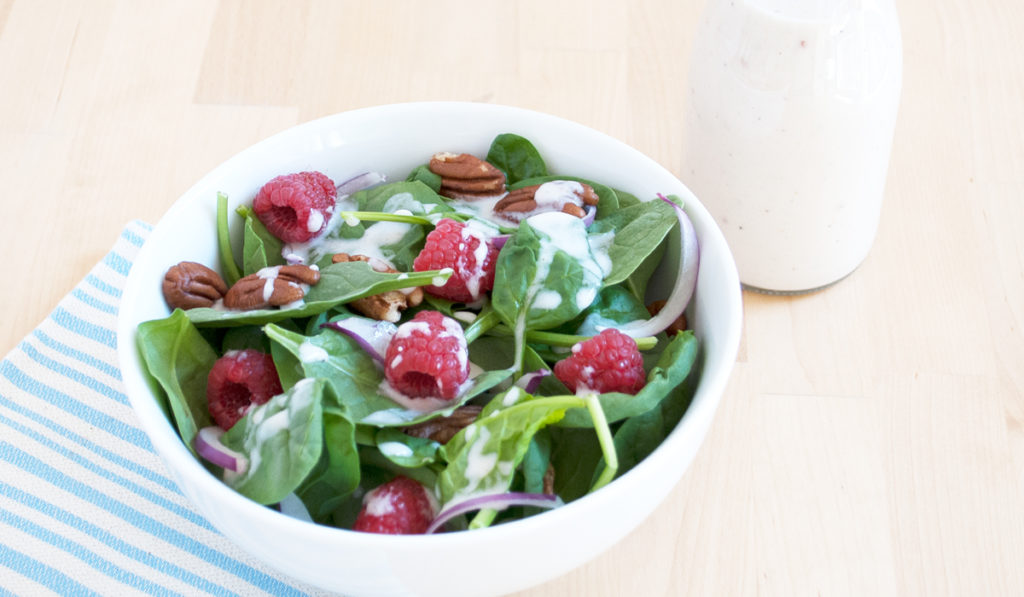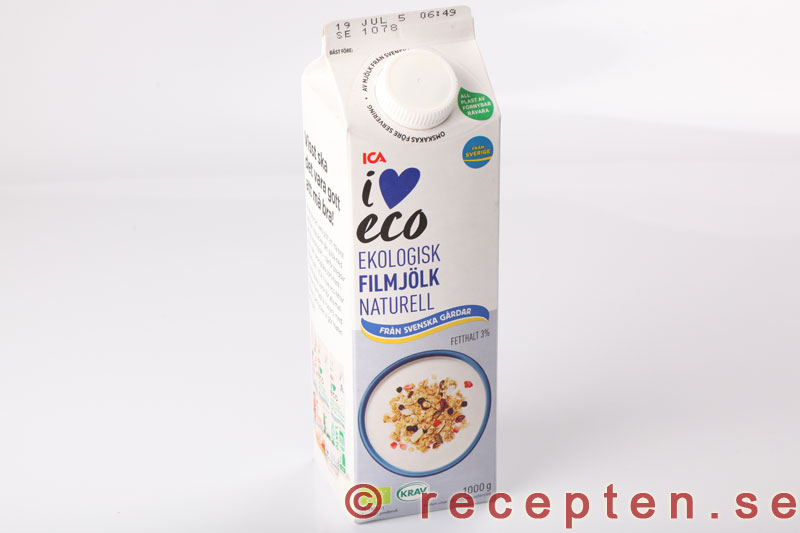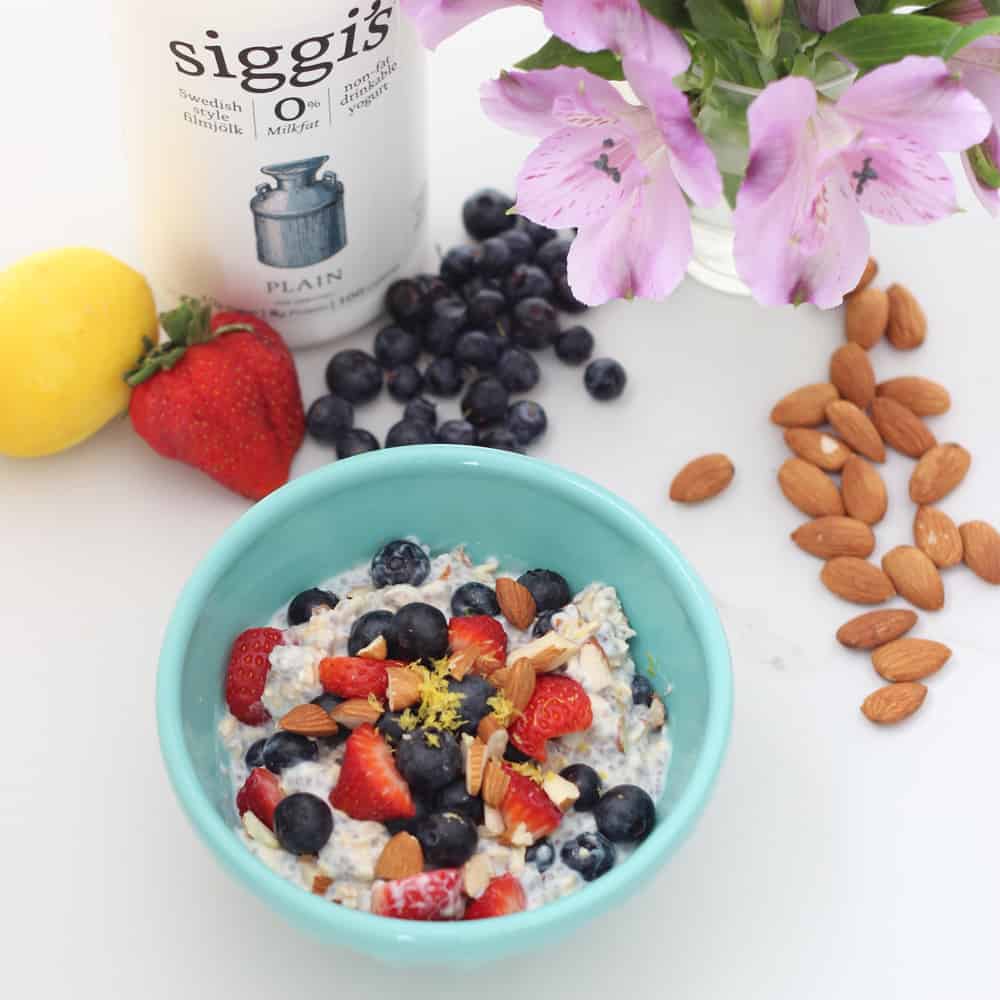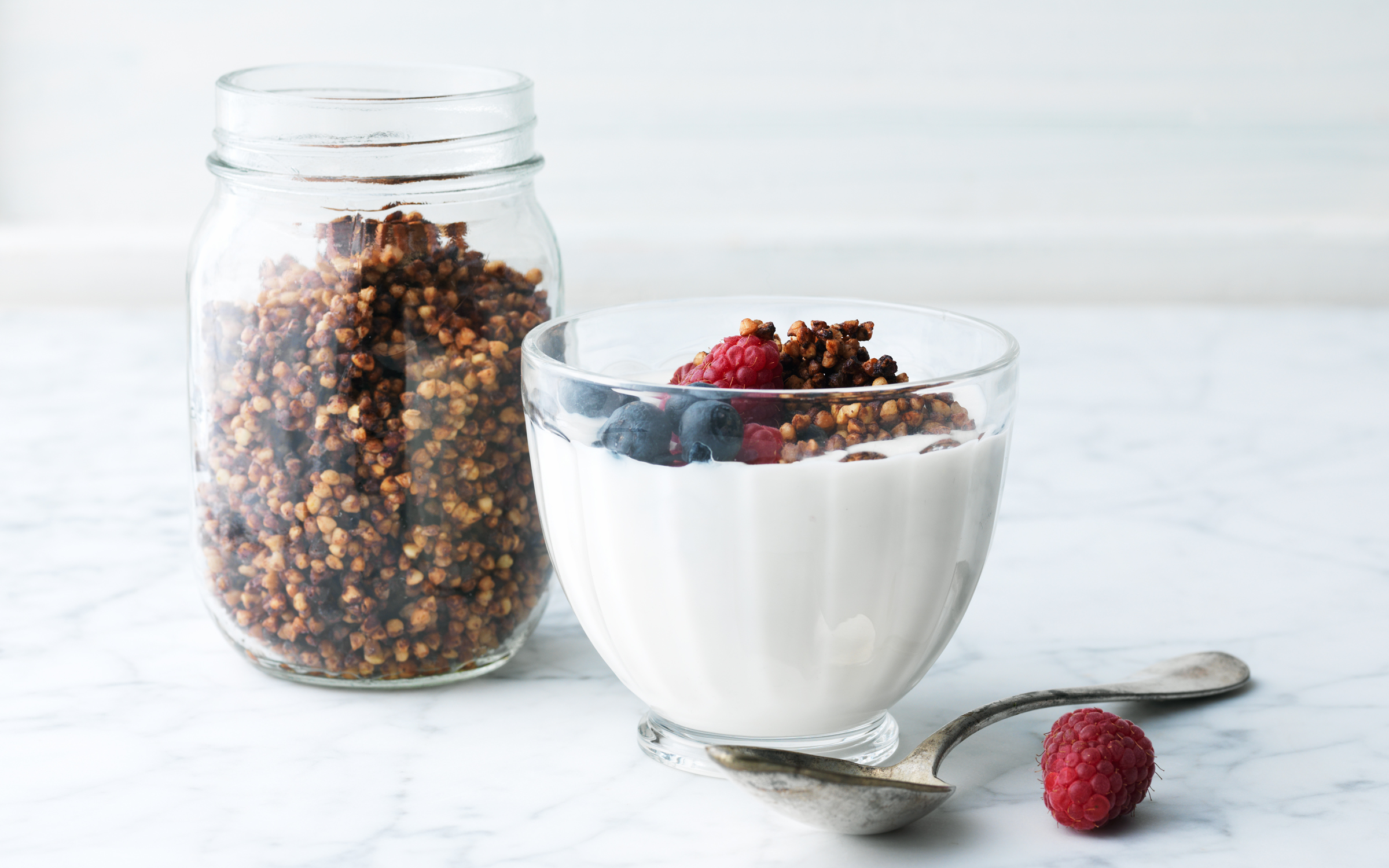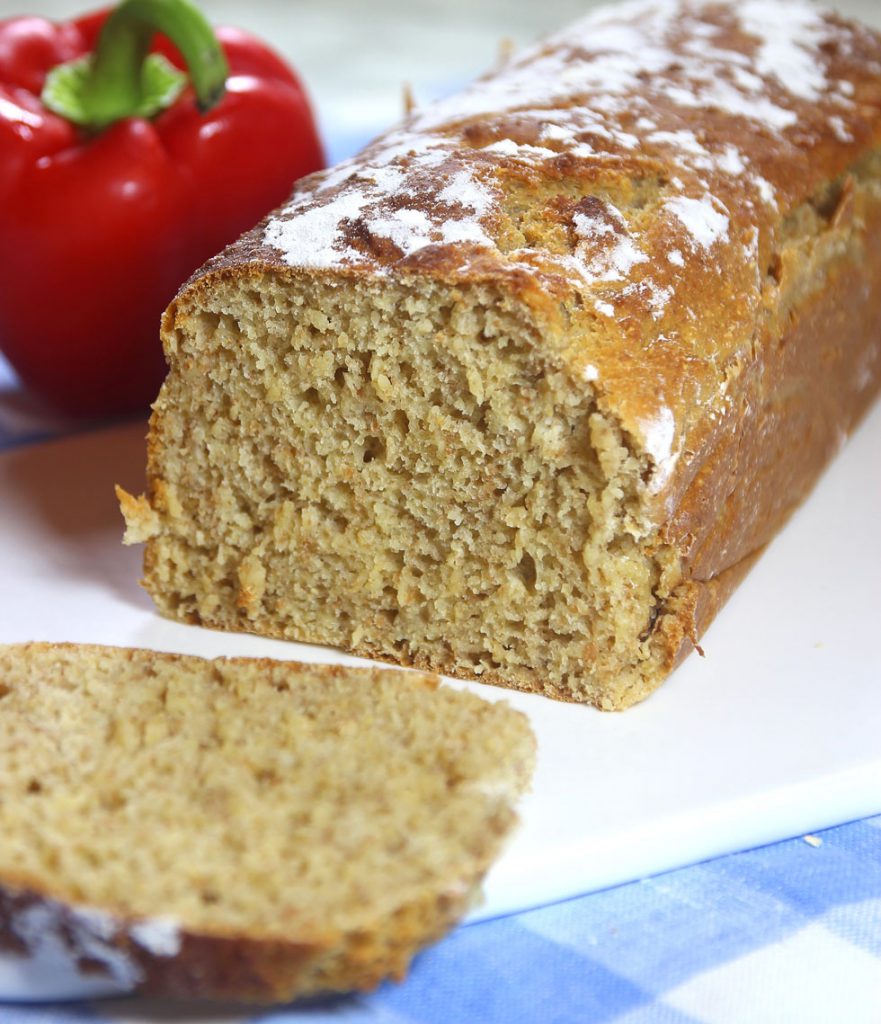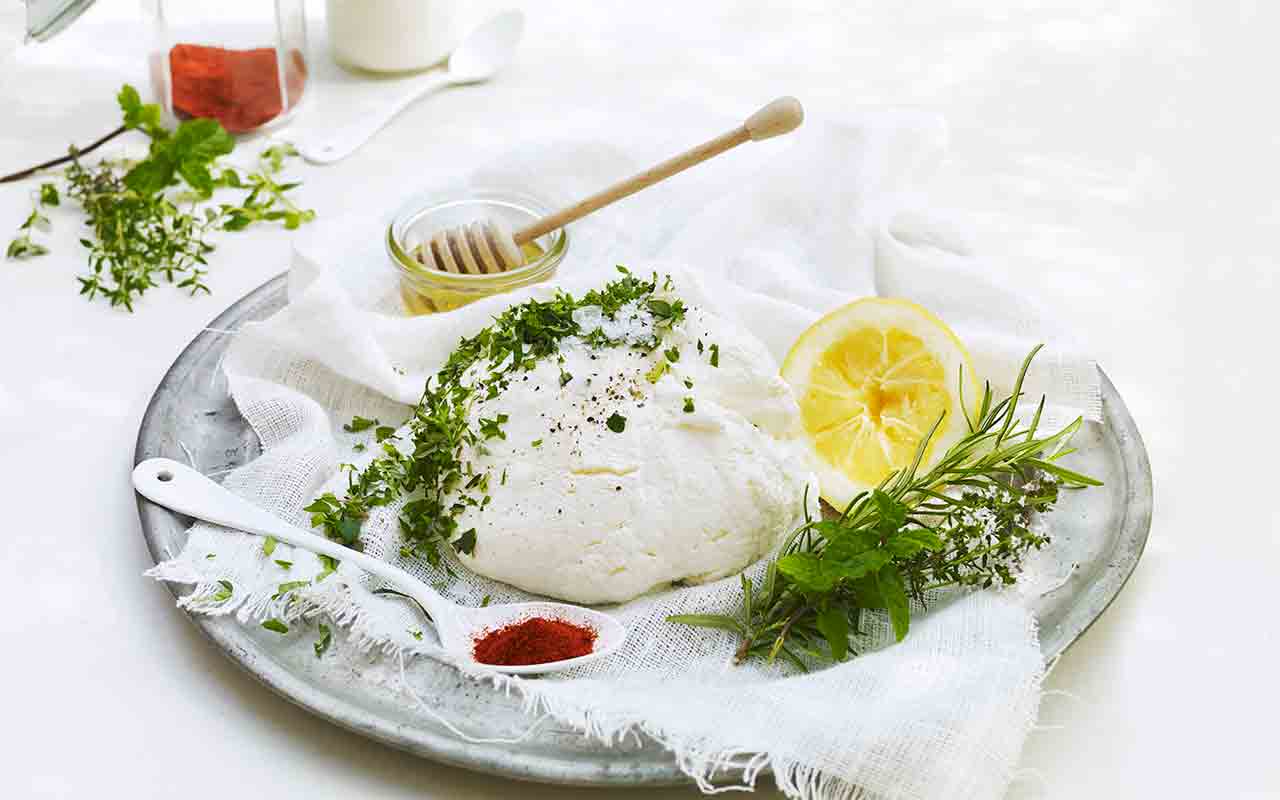Filmjölk
fil, filmjolk
Filmjölk , also known as fil, is a traditional fermented milk product from Sweden, and a common dairy product within most of the Nordic countries. It is made by fermenting cow's milk with a variety of bacteria from the species Lactococcus lactis and Leuconostoc mesenteroides. The bacteria metabolize lactose, the sugar naturally found in milk, into lactic acid, which means people who are lactose intolerant can tolerate it better than other dairy products. The acid gives filmjölk a sour taste and causes proteins in the milk, mainly casein, to coagulate, thus thickening the final product. The bacteria also produce a limited amount of diacetyl, a compound with a buttery flavor, which gives filmjölk its characteristic taste. Filmjölk has a mild and slightly acidic taste. It has a shelf-life of around 10–14 days at refrigeration temperature. In the Nordic countries, filmjölk is often eaten with breakfast cereal, muesli or crushed crisp bread on top. Some people add sugar, jam, apple sauce, cinnamon, ginger, fruits, or berries for extra flavor.
Source: Wikipedia
Recipes



